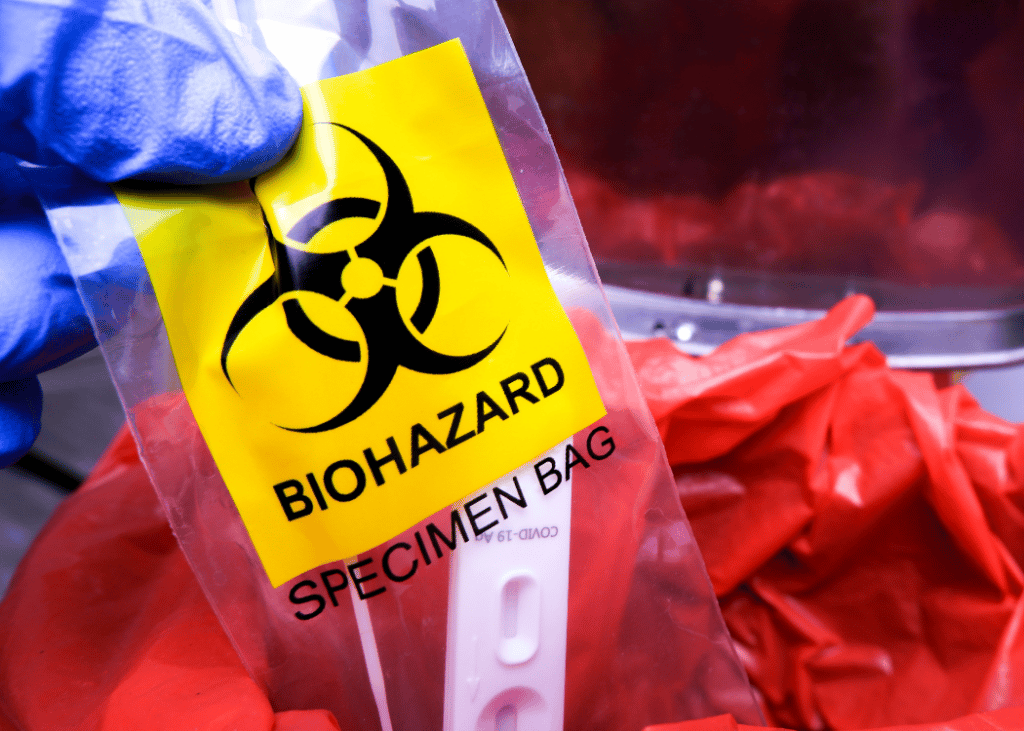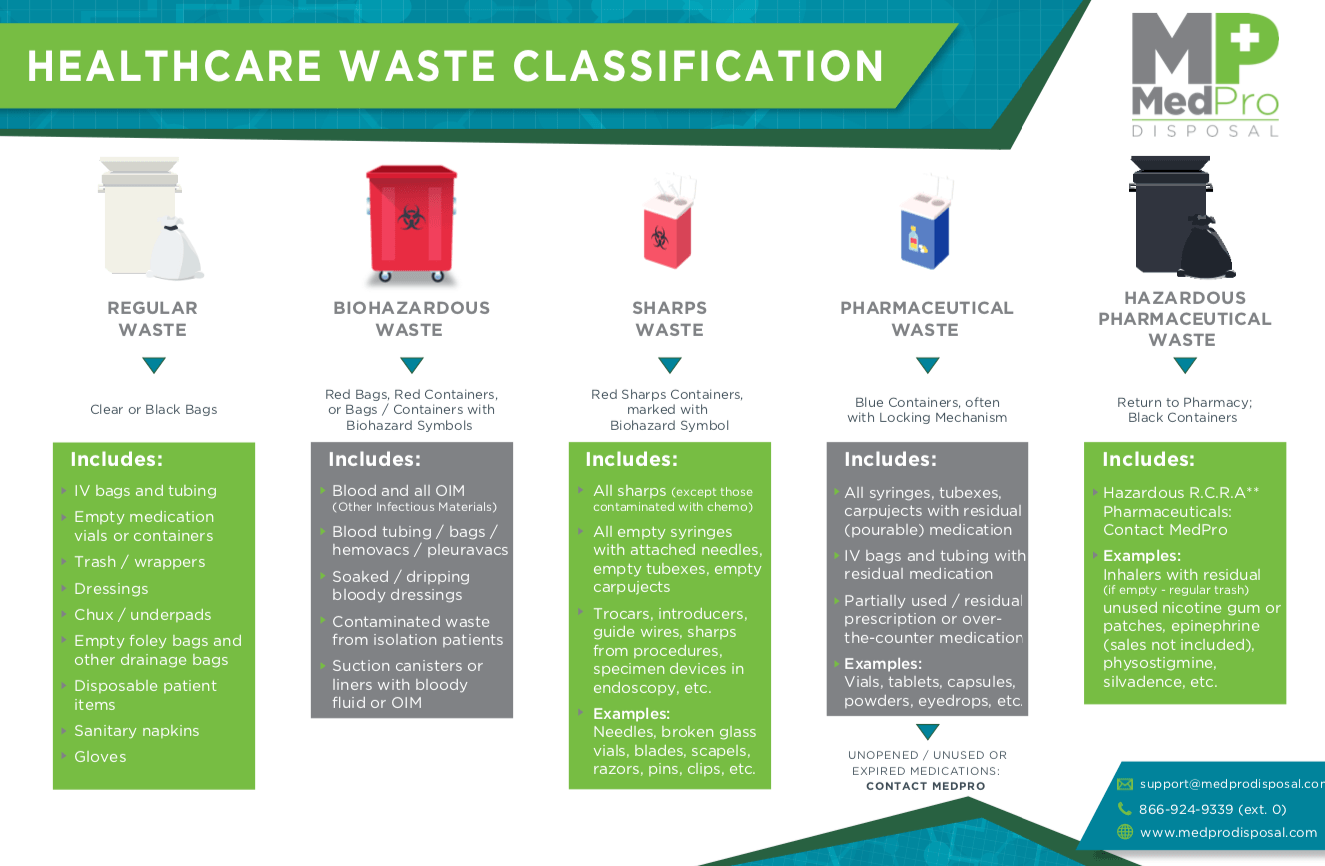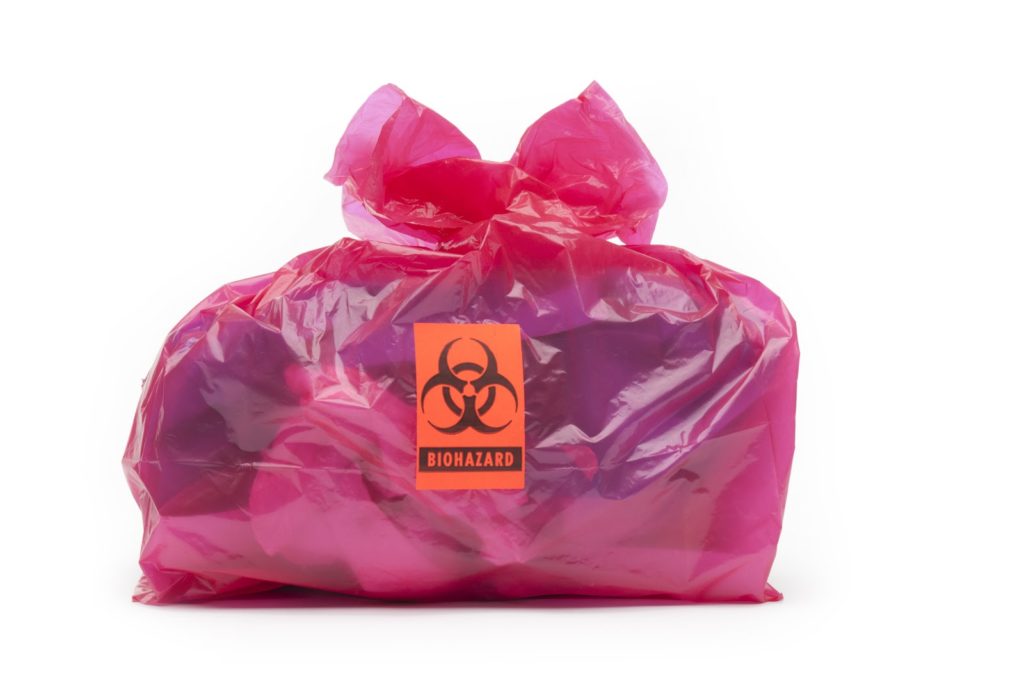Understanding the Various Sorts Of Waste Disposal Techniques
In the realm of waste monitoring, the array of disposal strategies available today is vast and varied, each approach serving an unique function in addressing the difficulty of waste disposal. click here. From reusing methods that intend to offer brand-new life to products, to the detailed procedures of unsafe waste monitoring, the landscape of waste disposal is complicated yet essential for environmental sustainability. Recognizing the subtleties of these various strategies not just loses light on the value of responsible waste administration yet also motivates us to reassess our technique towards garbage disposal in a swiftly advancing world

Recycling Techniques
Reusing approaches are critical for sustainable waste administration methods in both domestic and industrial settings. medical waste disposal. By applying reliable recycling strategies, a significant quantity of waste can be drawn away from land fills, saving all-natural sources and decreasing the ecological impact of production processes
In suburbs, curbside recycling programs play a crucial duty in motivating families to different recyclable materials from general waste. Materials such as paper, plastics, glass, and metals can be sorted and gathered for processing right into brand-new products, reducing the need for raw materials and energy-intensive manufacturing processes.
Industrial centers also count on recycling methods to decrease waste generation and advertise a round economic situation. By implementing closed-loop systems, services can reuse materials within their production processes, decreasing expenses and ecological footprint. medical waste removal near me. In addition, industrial recycling programs frequently include collaborations with specialized recycling centers to ensure that materials are correctly sorted, processed, and rehabilitated right into the supply chain
Composting Techniques

Oxygenated static heap composting entails blending organic waste materials in a large heap and consistently turning it to ensure correct oygenation. This approach is reliable for large-scale composting procedures. On the various other hand, vermicomposting uses earthworms to break down raw material into nutrient-rich spreadings. This strategy is appropriate for smaller-scale operations and houses.
In-vessel composting involves putting natural waste in a closed container with regulated problems for temperature and oygenation. This method works for handling food waste in city locations. Last but not least, windrow composting includes developing long rows of organic waste and on a regular basis turning them to promote disintegration. This technique is frequently made use of in agricultural settings.
Landfill Disposal
Landfill disposal is a generally used technique for taking care of waste that can not be reused or composted. Methane gas, a result of decaying natural waste in landfills, is commonly collected and used as a source of sustainable energy. Efforts to lower dependence on landfills include advertising waste reduction, recycling, and discovering alternative waste disposal methods to decrease the environmental impact connected with traditional garbage dump disposal practices.

Waste-to-Energy Incineration
Incineration of waste for energy generation is a method increasingly being thought about as a choice to standard garbage dump disposal techniques. Waste-to-energy incineration entails the combustion of waste materials at high temperature levels, generally in specialized centers created to generate power or warmth with the process - click here. This method not only lowers the volume of waste that would certainly otherwise be predestined for landfills yet likewise harnesses the warm generated throughout incineration to produce energy
Among the vital advantages of waste-to-energy incineration is its click here capacity to create electrical energy while minimizing the ecological influence contrasted to traditional land fill disposal techniques. By transforming waste into power, this strategy helps in reducing greenhouse gas emissions and dependence on nonrenewable fuel sources for energy generation. In addition, waste-to-energy facilities are equipped with advanced air contamination control modern technologies to minimize potential environmental toxins launched during the combustion procedure.
Contaminated Materials Administration
.jpg)
Thinking about the crucial importance of liable waste management techniques, particularly in the world of ecological sustainability, the emphasis currently changes in the direction of the detailed domain of Hazardous Waste Monitoring. Contaminated materials poses substantial risks to both human wellness and the atmosphere, demanding specialized handling and disposal methods. Common examples of dangerous waste consist of chemicals, batteries, chemicals, and electronic waste.
Harmful Waste Monitoring includes the identification, collection, transportation, treatment, and disposal of materials deemed possibly dangerous or unsafe. This process calls for adherence to stringent laws and standards to reduce adverse influences on environments and public health. Different methods are used in managing contaminated materials, consisting of recycling, protected land fills, encapsulation, and chemical therapy.
Appropriate Harmful Waste Monitoring is vital for preventing contamination of soil, water sources, and air contamination. It is important for markets, labs, healthcare centers, and various other generators of hazardous waste to execute robust monitoring techniques, training programs, and emergency situation response intends to make sure the safe handling and disposal of these materials. Failure to handle unsafe waste properly can have significant consequences, highlighting the significance of liable and thorough practices in this field.
Verdict
To conclude, waste disposal strategies play an important role in managing and decreasing the influence of waste on the atmosphere. From reusing and composting to landfill disposal and waste-to-energy incineration, each approach has its very own advantages and limitations. Appropriate administration of contaminated materials is also important to safeguard public health and the environment. It is necessary for people and sectors to recognize the different garbage disposal strategies readily available and choose one of the most appropriate method for lasting waste monitoring.
In the realm of waste monitoring, the variety of disposal methods readily available today is vast and varied, each approach serving a distinctive objective in resolving the difficulty of waste disposal. click here. From reusing approaches that intend to provide new life to materials, to the intricate processes of unsafe waste monitoring, the landscape of waste disposal is intricate yet essential for environmental sustainability. Recognizing the subtleties of these various strategies not only drops light on the relevance of liable waste management however likewise triggers us to reassess our method in the direction of waste disposal in a rapidly evolving globe
Efforts to reduce reliance on garbage dumps consist of advertising waste reduction, recycling, and checking out different waste disposal methods to lessen the ecological footprint associated with typical garbage dump disposal practices.
It is vital for sectors and people to recognize the various waste disposal techniques available and select the most appropriate method for lasting waste management.